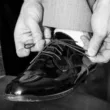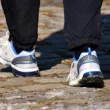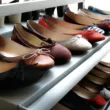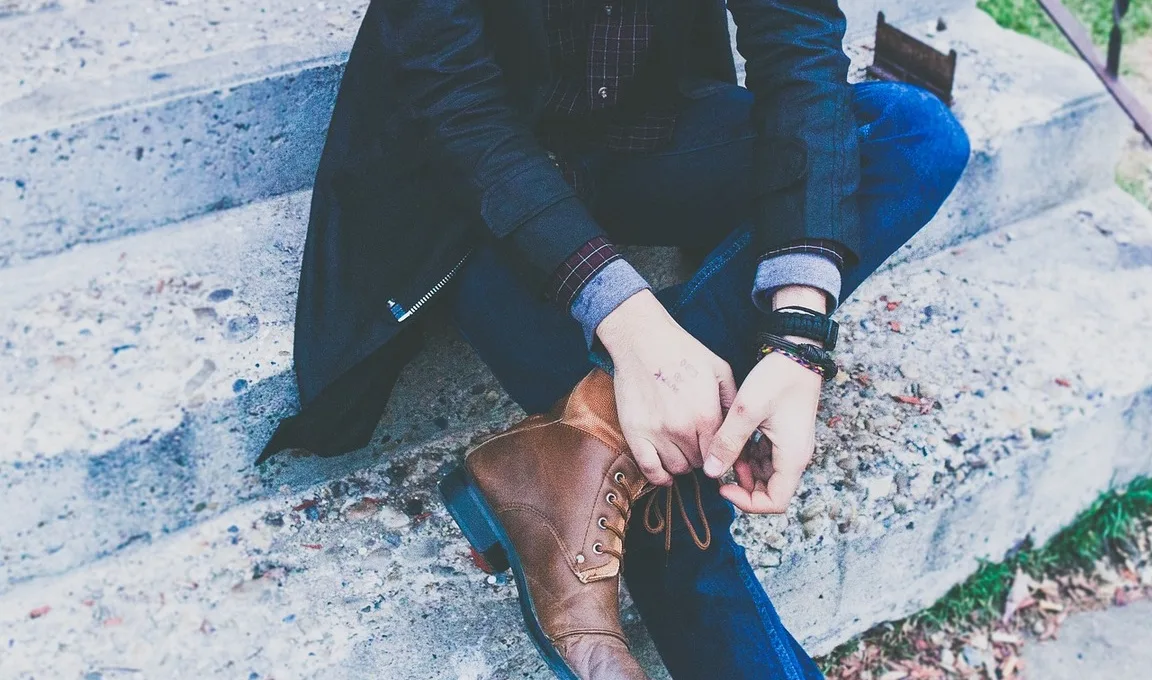A shoe that is too large in the heel can cause your foot to slide around. This can cause achy heels and can also lead to other foot problems. These symptoms include: Foot corns, Blisters, Chaffing, and Shoe slipping. Luckily, there are some simple ways to fix these problems. Here are a few of them:
Foot corns
The most effective way to prevent foot corns is to wear comfortable shoes. Avoid shoes with high heels as they put too much pressure on your feet. If possible, wear socks to reduce friction on your feet. Wearing thick socks can also prevent corns. Avoid shoes with thick heels, but be sure to buy soft insoles. Wear shoes that are wide, with a low heel. Take care to avoid shoes with sharp or pointed edges.
Improper fitting shoes can also cause corns to develop. The skin becomes thicker if shoes are too tight. Foot abnormalities can also cause calluses, such as a high arch. Corns between the toes are yellow and look hard, but are soft and wet when you touch them. Untreated corns may also thicken and spread, leaving an open wound and an area prone to infection.
To prevent corns from occurring, wear shoes that fit properly. If shoes are too big in the heel, use arch support insoles. These can correct your biomechanics and prevent calluses. For example, Tread Labs Ramble insoles correct biomechanical irregularities. Insoles that buckle under pressure aren’t effective in correcting pronation. A good pair of shoes can also prevent calluses.
The same principle applies to foot corns. Corns are thickened areas on the feet that form due to friction. This friction can lead to calluses and corns. Both are painful when touched. Usually, corns are located on the bottom or side of the foot. If the shoes are too large in the heel, they can lead to severe damage. A shoe that is too big in the heel can lead to calluses or corns.
Shoe slipping
Heel slippage is one of the most frustrating problems you can experience when wearing shoes. Fortunately, there are a few ways to avoid this problem and make them less frequent. If you find your shoes are too large in the heel, you can try sizing down a half size. To prevent heel slippage, you should also make sure that the toe box is wide enough to accommodate your foot without any problems.
A pair of extra socks or shoes can help you stop this problem. You can also wear a pair of socks and underwear to prevent your foot from slipping. You can also use a wool bumper under your shoes to prevent the problem from happening again. If you do this frequently, you may want to consider buying another pair of shoes if you find this problem bothers you. These methods are not permanent solutions, but they can help you avoid injury while wearing heels.
One of the most common causes of heel slippage is improperly fitting shoes. Shoes may be too big in the heel, too wide, or too long. It is important to choose shoes that match your foot shape. A shoe that is too narrow will often slip out of your feet more frequently. It will form a triangle-shaped pattern from the heel to the toe. This can lead to blisters underneath your toes.
A slip-resistant device is another way to prevent heel slippage. These are made of rubber or Teflon and are designed to increase traction. They can be purchased at a shoe store or online. However, they need to be replaced every few months, as they can lose their effectiveness if they are dirty. They should also be installed carefully, so that they remain as effective as possible.
Blisters
When shoes are too big in the heel, your feet are likely to rub against them. This friction can lead to blisters and can make your shoes feel uncomfortable. Furthermore, oversized shoes can be problematic during exercise because they can cause improper muscle development and injuries. As a result, athletes should avoid oversized shoes. To avoid this problem, try breaking in the shoes gradually and buying a half size larger. Here are some steps to take if you’ve bought shoes that are too big in the heel:
The first step is determining which shoes are too large in the heel. Shoes with too much room in the heel are often too wide for your foot. This causes the foot to slide around when you walk. This can lead to painful achy heels. Luckily, there are many ways to fix this problem. Try purchasing wide sneakers from companies such as Skechers. A pair of wide sneakers is a good option for those with narrow feet.
If a shoe feels uncomfortable or is too large in the heel, it’s time to buy a new pair. An ill-fitting shoe may put pressure on the ball of the foot, cause pain in the toes, or even be unsuitable for long-term use. When a shoe is too large in the heel, you can’t reach it with your thumb when standing straight. To fix this problem, you can either buy a new pair or buy a pair that is a half size larger.
Oversized shoes can lead to many problems, including blisters, corns, and sprained ankles. They are also more likely to cause accidents. Besides, they put your child’s foot at risk of tripping or falling off of playground equipment. This is why you should buy shoes that your child can outgrow easily. If you’re shopping for a new pair of shoes, be sure to buy them a size bigger than what they’ll wear in the next few months.
Chaffing
If you’re like most people, chafing when shoes are too large in the heel is an annoying and painful problem. It is especially common when you first buy a new pair of shoes. Luckily, there are ways to prevent chafing in heels. Wear thicker socks to keep your heels from rubbing. You can also use adhesive shoe pads to keep your shoes from moving around. The heel of a shoe rubbing up against the heel counter causes chafing. This friction can erode the skin of your heels and cause blisters.
The most obvious way to avoid chafing when shoes are too big in the heel is to buy a pair that fits properly. High heels can cause chafing because the straps irritate the back of the ankle. This can lead to cuts and bruises. Fortunately, most shoes have removable ankle straps, so you can get a custom-fit pair. If this still doesn’t work, you can always bring the shoes to a store that offers custom-fit shoes.
If you’re prone to chafing when shoes are too large in the heel, you can get insoles for your shoes. These insoles are usually made of foam or gel. You can buy them half a size smaller than your shoe size. They can be very thick, but it is better to get them fitted properly. If you can’t afford to purchase a new pair of shoes, consider buying an insole that fits your feet better.
In addition to socks, you can also wear ankle socks to reduce the friction. Some people sweat more than others, so be sure to get some socks or shoes with ankle sock linings. If you’re prone to excessive sweating, you may need medical attention. You can also try a pair of socks made of merino wool or cotton to prevent blisters. The insoles are also good for your feet if you’re looking to avoid chafing.
Poor fit
There are several ways to fix a shoe that is too large in the heel. One option is to replace the shoe altogether. While this may be the easiest solution, it can cause discomfort for some people. There are a few simple tricks you can use to make the shoe more comfortable. You can try to measure the width of the shoe and measure the distance from your big toe to the end of the heel. Make sure there’s room to slide a finger inside the shoe.
In general, shoes that are too big in the heel are a poor fit. They aren’t made properly, causing the foot to slip around while walking. The heel will slip out of the shoe, causing a contracture. This over-contracture will eventually lead to painful medical conditions such as hammertoes and bunions. Regardless of the cause of the shoe problem, you need to ensure that the shoes are comfortable to wear.
If you notice your shoe is too big in the heel, you should immediately replace it. Besides being uncomfortable, it can also lead to other problems, such as bunions and corns. The following tips will help you identify whether the shoes you are wearing are too large in the heel. Make sure that your feet are supported and stable in the shoe. It should feel comfortable to walk in. If you aren’t sure, try slipping your feet into a smaller pair of shoes.
Podobne tematy




